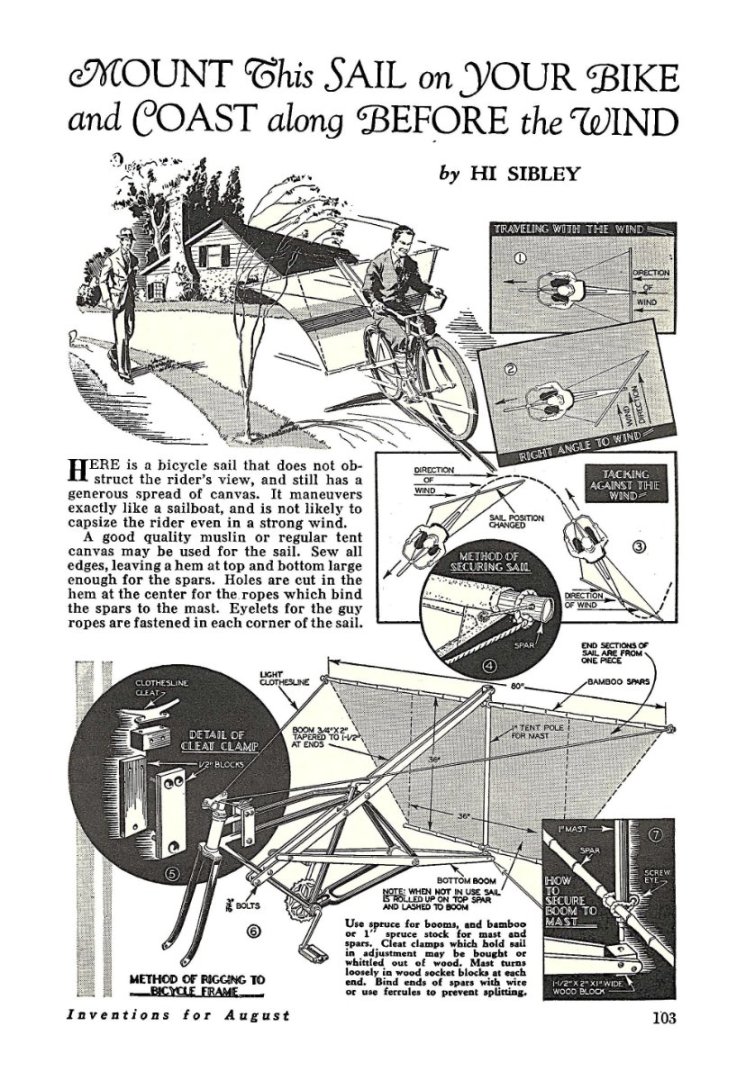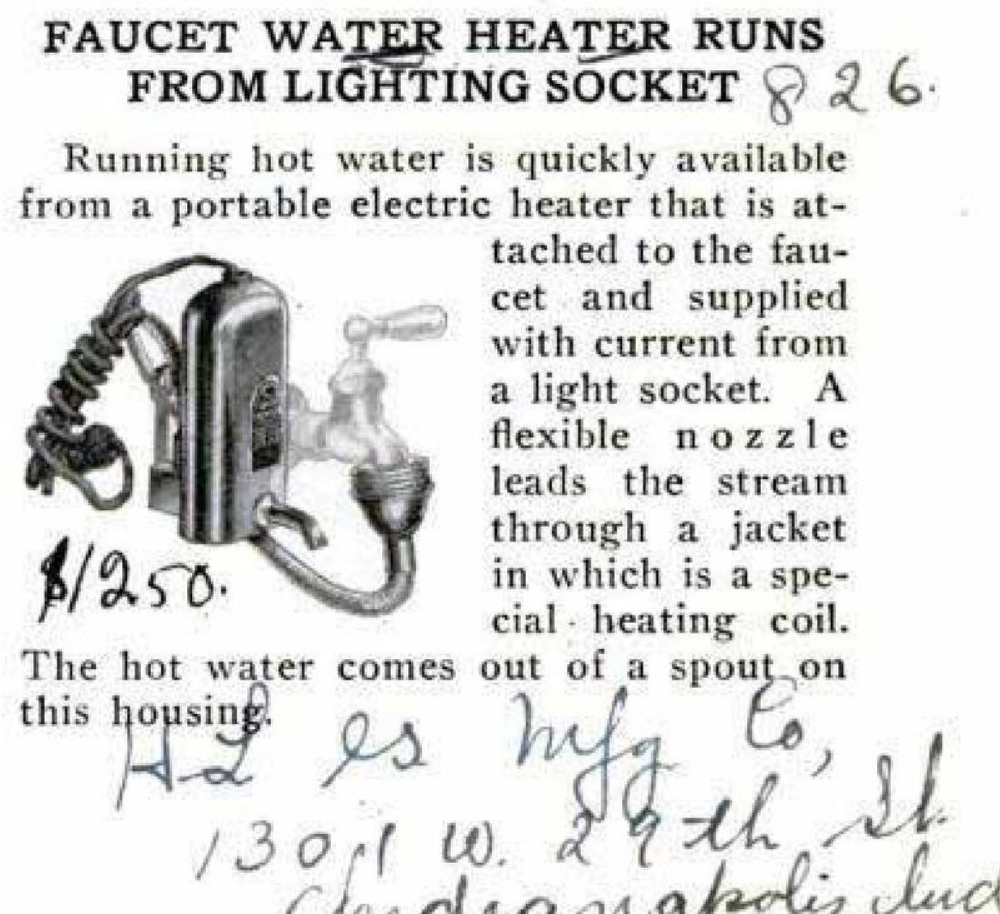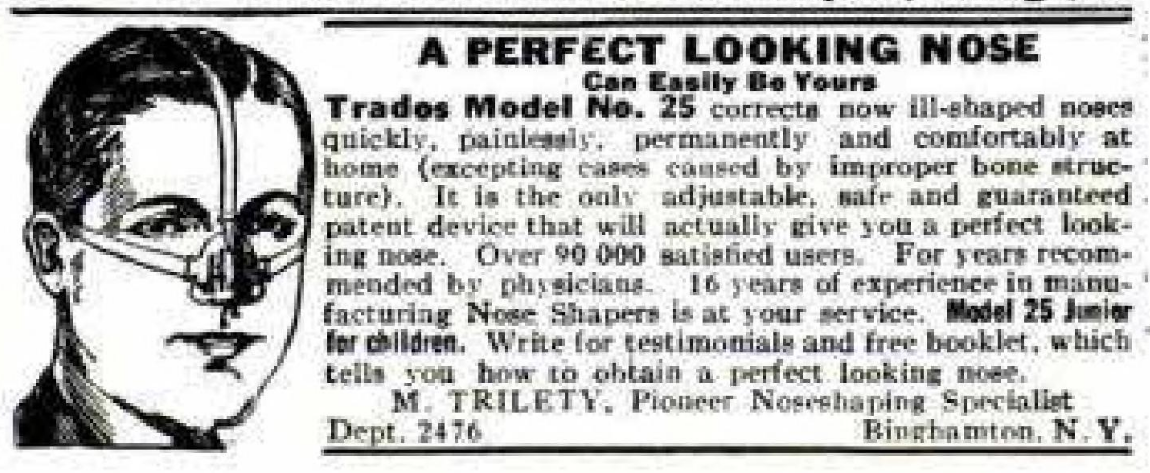-
Posts
3,044 -
Joined
-
Last visited
Content Type
Profiles
Forums
Gallery
Events
Everything posted by bruce d
-
Thank you., that is helpful. I have been casually trying to find out the rules for making barrels etc. during the Napoleonic era and so far have failed. The simplest question is ... how many staves for each size barrel/cask? Were there rules or only suggestions? Did different uses, such as wine or grain, have specified numbers of staves or any other distinguishing feature like those of the powder casks?
-
Bob, Welcome To MSW! This is a great place for advice, so here is some: don't get one of the cheapies from Ebay, you will hate it. Most of the little 'cute' kits from China are pirated anyway with crap materials. Get something designed for a beginner, the type suitable for a kitchen-table builder, and enjoy it. You will get good materials, good advice from MSW, and the odds are with you. I will defer to the Aussie members to name kits that are easily available down under but whatever you choose, please keep us involved.
-
From WORK magazine, January 1891: a bandsaw with a swiveling bed/table to make compound curves. I think I would keep all my favorite fingers away from this beast. Here is the whole magazine which has three pages of description and theory behind the machine. work_magazine_094_1891 COMPOUND BANDSAW.pdf Be careful.
-
You might find the previous incarnations of the same kits are also available. See here for a searchable database: C-3 Freighter Hawaiian Pilot, Revell 05236 (2005) (scalemates.com) HTH, Bruce
-
Hello halituzun and welcome to MSW from the UK. Those are very nice models and it is great to see the beautiful horse drawn subjects. I look forward to seeing more. Regards, Bruce
-

Grinding your own lathe tools?
bruce d replied to CPDDET's topic in Modeling tools and Workshop Equipment
Dave, what Bob says is right. However, to answer your specific question, you can make a cutter out of brass which may suit the occasional odd job. It will not keep an edge and sharpening will probably change any profile you previously had. So, I reccomend sticking with HSS or carbide cutters. It's very rewarding to grind your own cutters and not difficult. HTH Bruce -

Hello from Minnesota, a few modeling questions
bruce d replied to Scratchie's topic in New member Introductions
Hello Scratchie, welcome to MSW from the UK! -
Looking forward to seeing the next moves, but take care of yourself first. We'll wait.
- 505 replies
-
- vanguard models
- Sphinx
-
(and 1 more)
Tagged with:
-

Seats of Ease
bruce d replied to stuglo's topic in Discussion for a Ship's Deck Furniture, Guns, boats and other Fittings
I would be interested in this paper if that is possible. -
Hello Ross and a warm welcome to MSW from the UK. Your Beagle looks good, why not consider a build log for her? There is no rule that says you have to start at the beginning! Regards, Bruce
-

Any Delftship users here?
bruce d replied to Patrick Matthews's topic in CAD and 3D Modelling/Drafting Plans with Software
Pat, I will be interested to see if what comes of this. Are you aware of the Delftship tutorial elsewhere in this site? Search 'DELFTSHIP', using filter 'in titles only' and you will find a number of threads. Apologies if you already know this 🤐
About us
Modelshipworld - Advancing Ship Modeling through Research
SSL Secured
Your security is important for us so this Website is SSL-Secured
NRG Mailing Address
Nautical Research Guild
237 South Lincoln Street
Westmont IL, 60559-1917
Model Ship World ® and the MSW logo are Registered Trademarks, and belong to the Nautical Research Guild (United States Patent and Trademark Office: No. 6,929,264 & No. 6,929,274, registered Dec. 20, 2022)
Helpful Links
About the NRG
If you enjoy building ship models that are historically accurate as well as beautiful, then The Nautical Research Guild (NRG) is just right for you.
The Guild is a non-profit educational organization whose mission is to “Advance Ship Modeling Through Research”. We provide support to our members in their efforts to raise the quality of their model ships.
The Nautical Research Guild has published our world-renowned quarterly magazine, The Nautical Research Journal, since 1955. The pages of the Journal are full of articles by accomplished ship modelers who show you how they create those exquisite details on their models, and by maritime historians who show you the correct details to build. The Journal is available in both print and digital editions. Go to the NRG web site (www.thenrg.org) to download a complimentary digital copy of the Journal. The NRG also publishes plan sets, books and compilations of back issues of the Journal and the former Ships in Scale and Model Ship Builder magazines.









